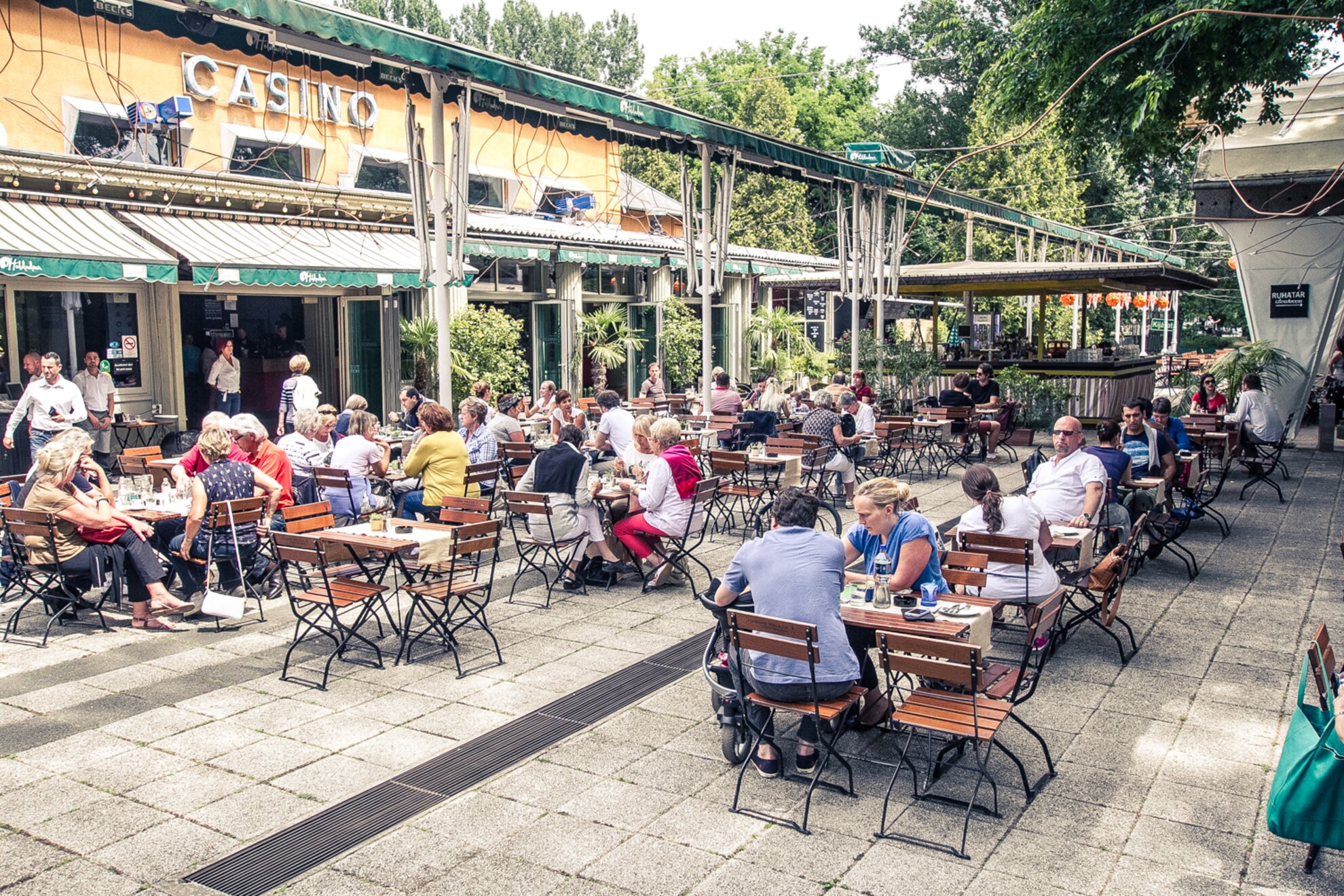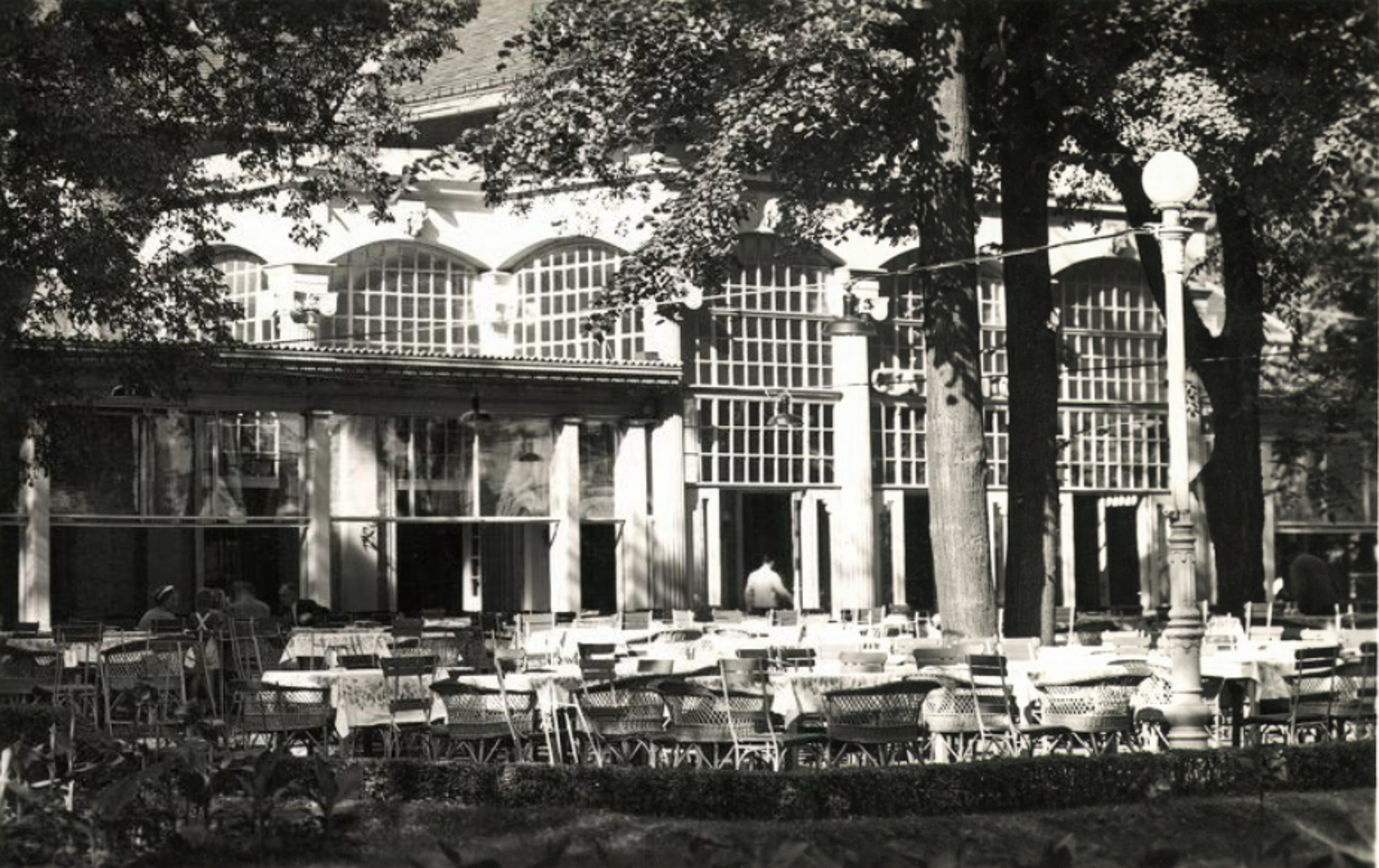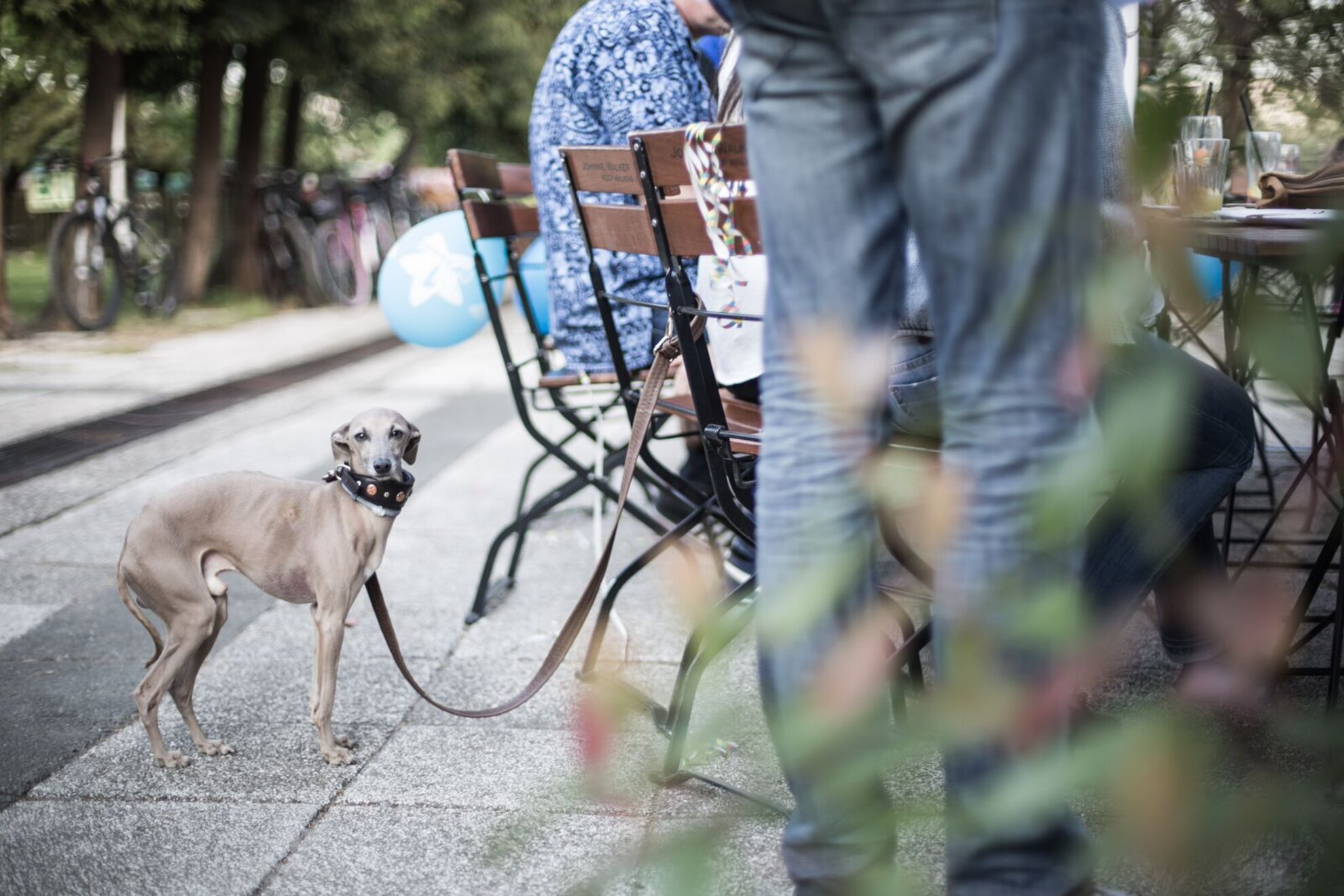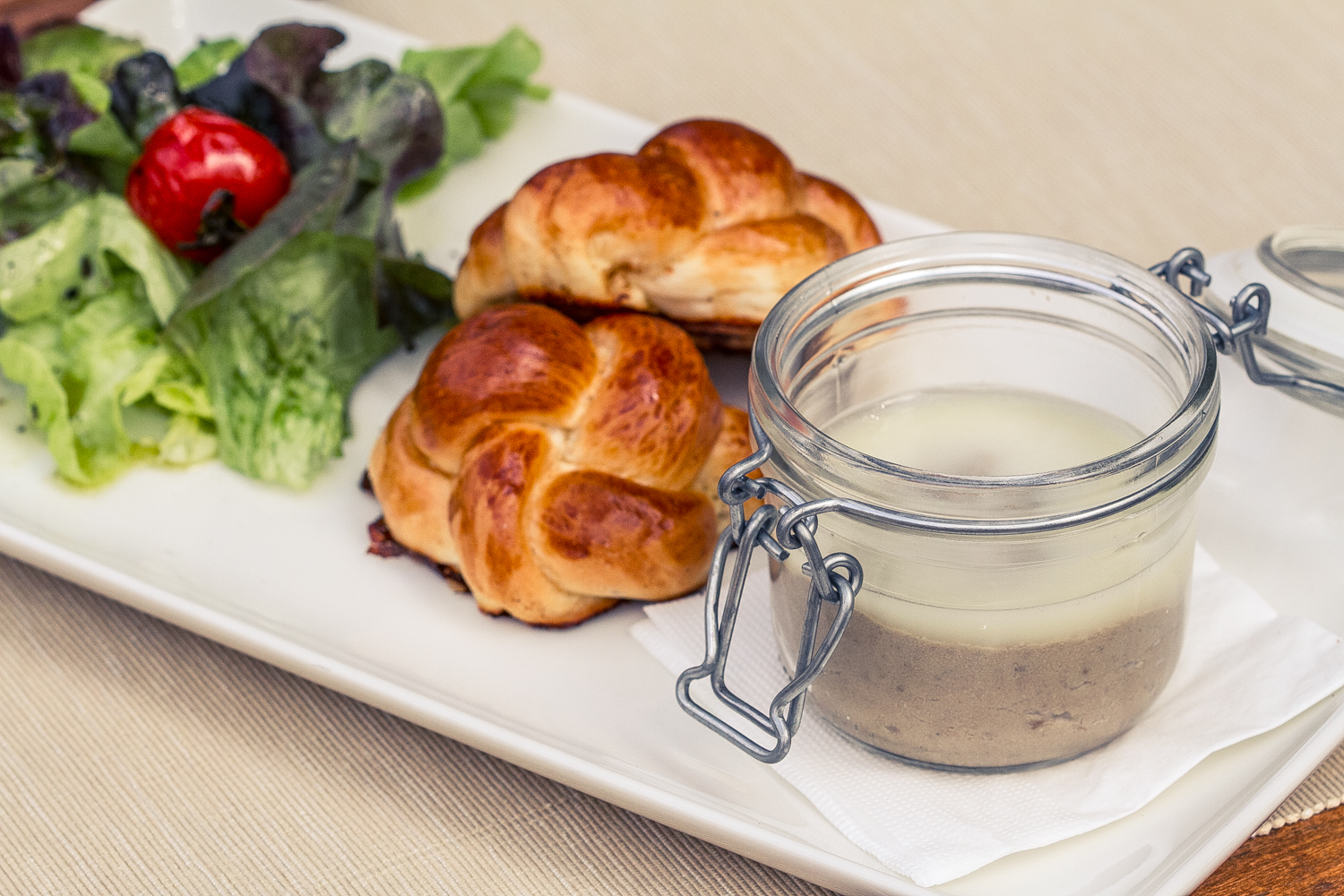Not long ago, we discussed the renewal of Holdudvar, and its evolution from primarily serving as an open-air party hotspot to becoming a diverse multifunctional facility of dining and culture. It is not only a nightclub, but someplace where we can spend an afternoon relaxing, drinking cocktails, and picnicking under shady trees, as well as a pleasant spot for dining out. Holdudvar’s gastronomical concept is unlike any of today’s culinary trends, for it has nothing to do with fine-dining glory or burger-bistro hipness; instead the goal is to become a kitchen known for its classical Hungarian dishes and reliable quality.

We asked gastronomy consultant Attila Tóth about this refreshing concept that was preceded by lengthy research. The kitchen team visited archives and libraries to examine menus from Hungary’s Biedermeier era of the early-to-mid 1800s, hunting for ideas, formerly popular flavor combinations, and ingredients that were special to that time or forgotten.
TihamérBognár, the new chef of Holdudvar, comes from a family involved in hospitality for generations, so he certainly has experience and respect for traditional gastronomy. Another important ingredient of the story is that the building of Holdudvar was built in the 1860s to become a casino, serving as a fashionable meeting point for the aristocrats of the age – so this is an absolutely fitting place to try the same dishes that the people of those times enjoyed back then.

When meeting the owner or the staff of a place, we often experience a pretentious and aggressive promotion of their establishment, but lunch with Attila Tóth had none of that. He talked a lot about the food, the flavors, and his past which gave the whole picture a personal tinge. He even brought along his Italian pointer, Toto, who seemed to feel at home at Holdudvar – which is no surprise, since this is a dog-friendly place.

At lunchtime the garden was almost full, and soon we observed that the charming Margaret Island location and the sprawling terrace setting were not the only reasons for this. We let Attila pick our courses: for starters, he chose duck-liver paté with brioche (2,200 HUF), beef tartare (1,800 HUF), and ceviche marinated zander with chili, citrus, sugar pea, and roast-paprika vinaigrette (1,900 HUF). Ceviche is certainly not a customary Hungarian dish, but Magyars used to eat a lot of fish at the end of the 19th century, and the fish-and-green-peas combo was pretty popular back then. The zander arrived in a clip-top jar, and this was our absolute favorite thanks to its slightly picante flavor and the summery, Mediterranean feel to it. The duck paté was just like how our countryside ancestors would have made it. The place also serves soups: for instance, their rich goose soup (1,090 HUF) is already a crowd favorite, but we for now we skipped the steaming bowl on account of the summer swelter.After our recent coverage about Wiener schnitzel, we thought that we could stand a break from this dish, but the bone-in pork loin served with mayonnaise rice was a mouthwatering choice (2,200 HUF): the breading, the meat, and the side dish were all to die for. The Burgundian beef (2,200 HUF) with its crunchy carrots and soft meat was also a hit. In addition, we tried the summery pearl-barley salad and a stuffed chicken (2,200 HUF), which arrived with tarragon savoy cabbage – an abundance of simple, delicious, homey flavors on the same plate.
All in all, simple, delicious, and homey is what the renewed kitchen of Holdudvar is all about. It promotes relatively big portions, reasonable prices, and tradition-based Hungarian cuisine instead of overrated technologies and pretentious dish names – this is the type of gastro flashback that we’d like to experience again and again!




